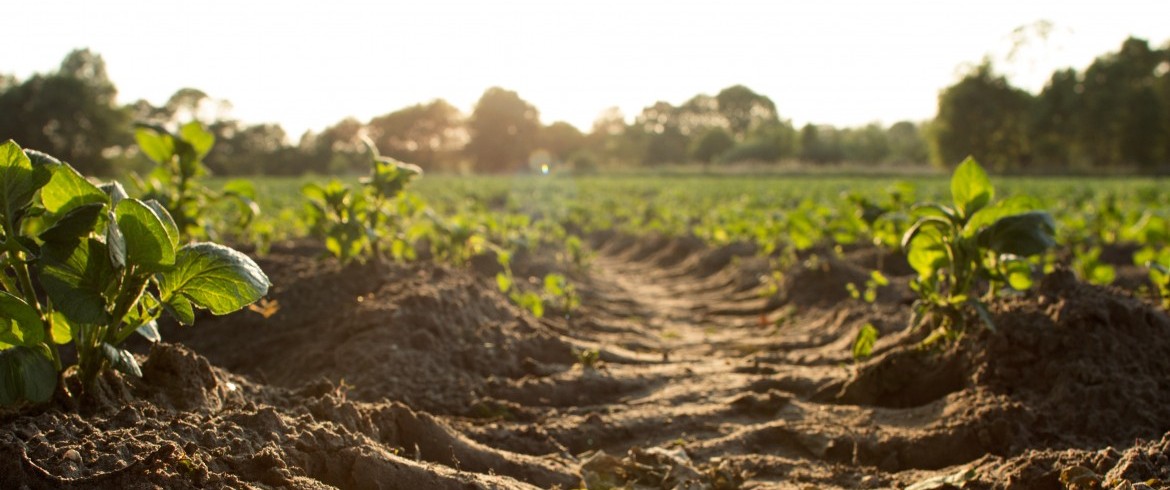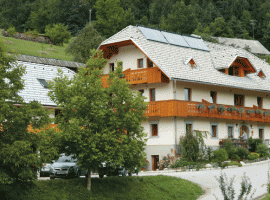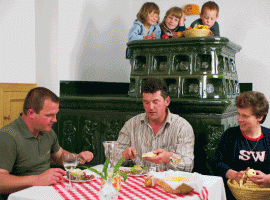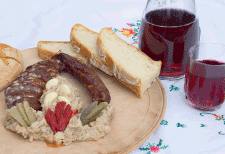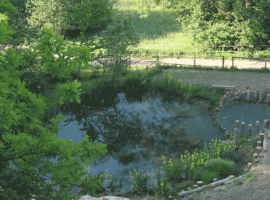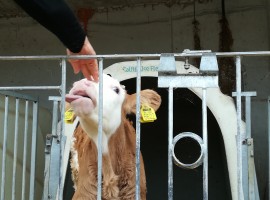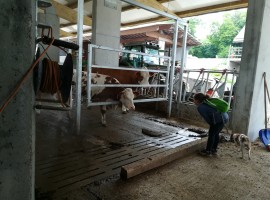The small town of Bled and its lake are one of the must-sees during your trip to Slovenia. And just a few kilometers away you’ll find a whole new world, one far from the spotlights and made of lush green hills, farms and local traditions.
Slovenia wins the golden medal for sustainability in the global competition. It’s for sure a well-deserved title, as everyone, from the most popular city to the small family-run farm, always make the environment’s safeguard a priority.

Bled: the Alpine Pearl of never-ending surprises
Bled, along with Bohinj, is one of the two Slovenian Alpine Pearls. A secret spot nestled between the Giulian Alps and the Triglav Park, overlooking the deep blue waters of Lake Bled. The beauty of Lake Bled allows it to be the third top destination in the world to visit, according to the Lonely Planet Guide.
Here you’ll get the chance to stroll around the lake from the promenade into the woods, or to navigate the lake on the typical no-engine boats. In this way you’ll reach the renowned island in the middle of the lake, where every hour a wishing bell chimes the hour: it’s impossible not to hear it at least once when in Bled!
We’ve explored Bled far and wide and here‘s everything you can do.
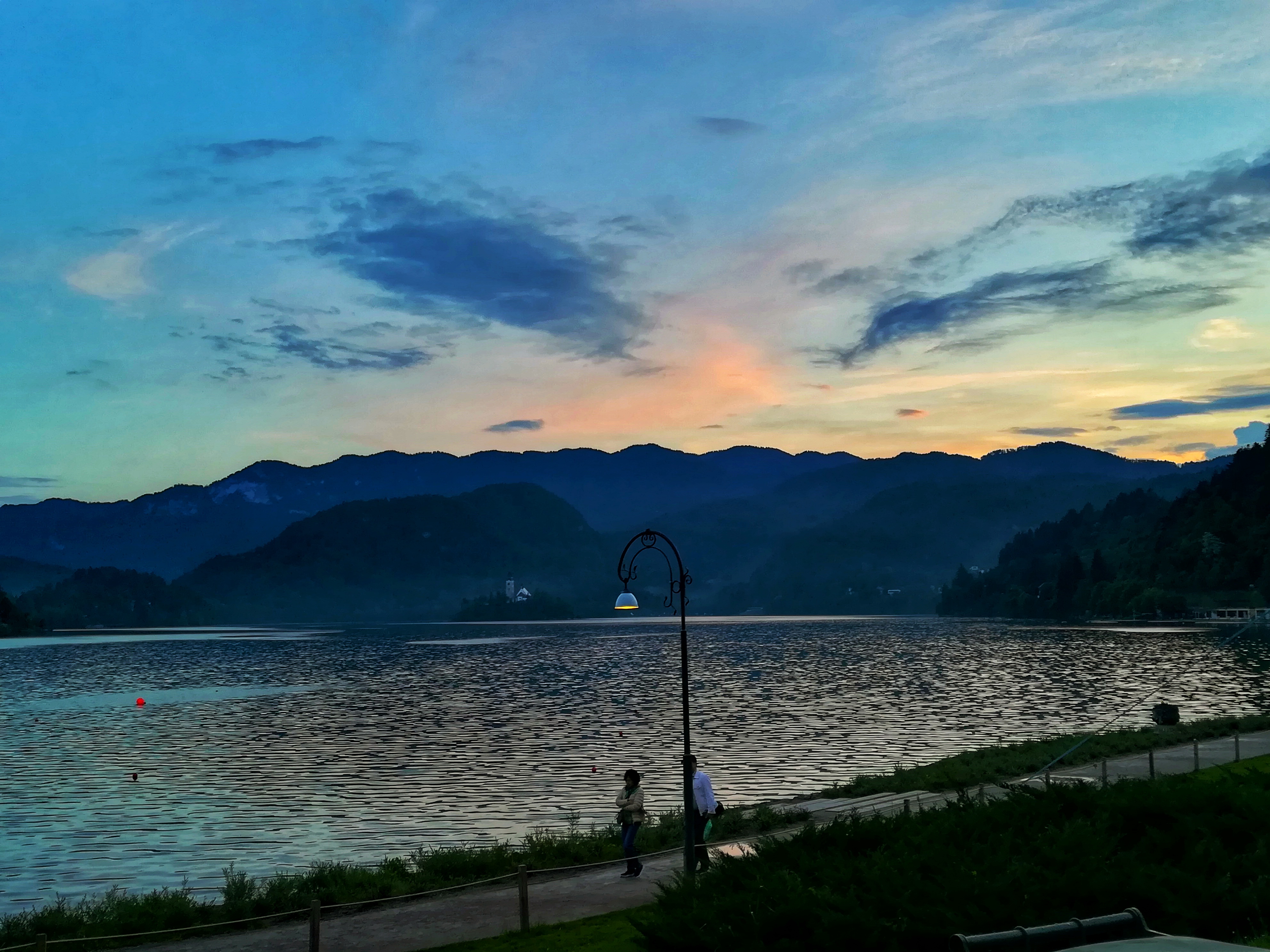
As soon as you get to Bled, you can feel the lake’s magical vibes. It is something to be proud of, and the inhabitants of the town and its surroundings surely are.
We were lucky enough to have the opportunity to meet some of them in Selo, a small hamlet 1 km away from the city center of Bled.
Eco-sustainability a few steps from Bled: Mulej Farm
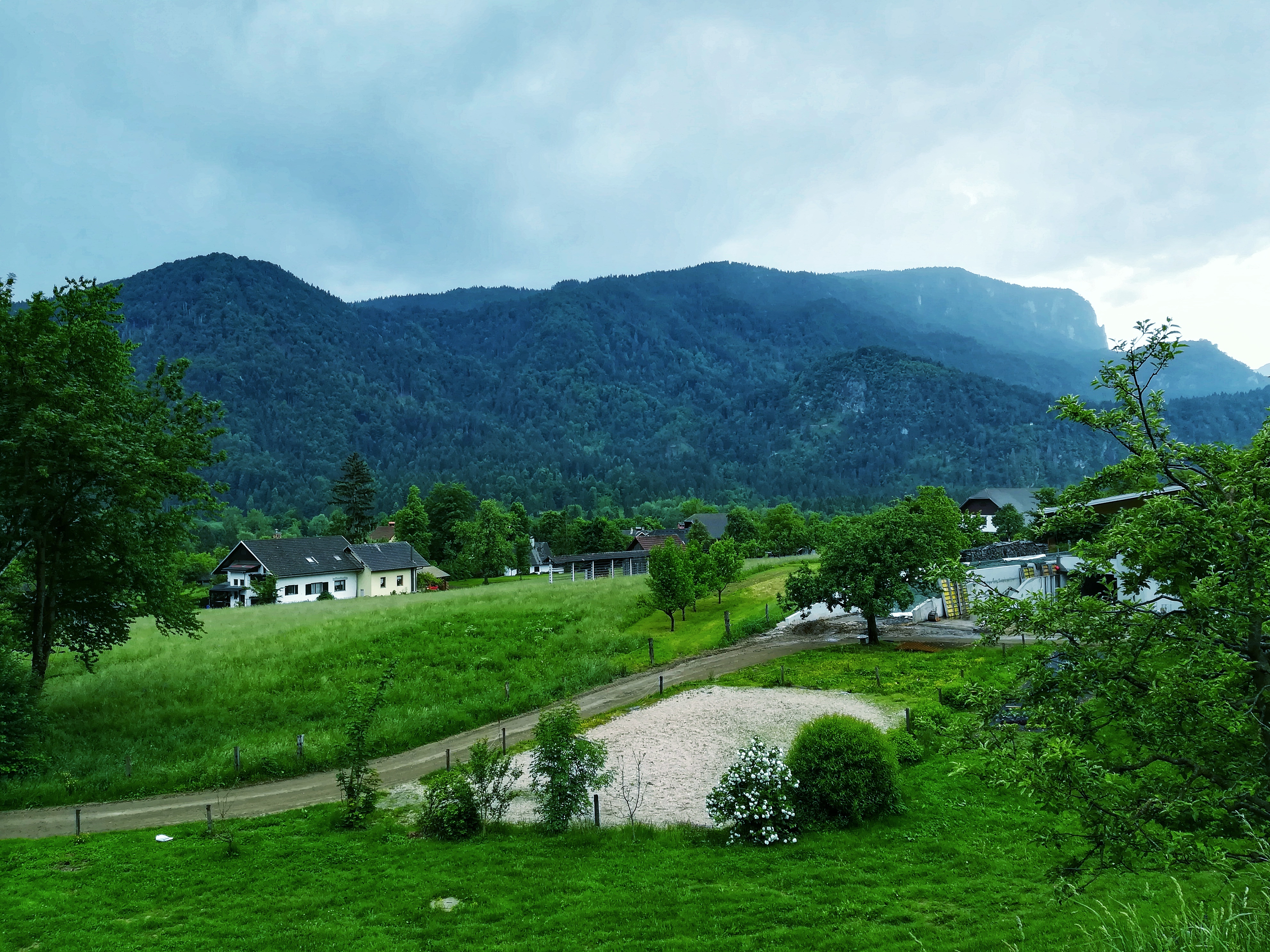
Mulej Farm is a family-run farm, only 1 kilometer away from Lake Bled and its city center. Here, in the small village of Selo, you’ll immediately feel at ease, just as if you were at home: white and cured buildings, bright colored flowers and most of all, a valley of lush vegetation and gentle hills.
Jože, the current owner of the farm, welcomes us in its property, which he inherited from his father and his ancestors before him. He tells us that here the farm is known as Stojan’s Farm, named after its very first owner, who was born back in 1692.
- Mulej Farm from the outside, mulej-bled.com
- Welcoming hosts, mulej-bled.com
- Local specialties, mulej-bled.com
Jože and his family let us in the main building of the property, introducing us to the small and cozy dining room, offering us their culinary specialties. Every ingredient, every product is locally produced or grown with great care and through a short supply chain. There’s a wide variety of cold cuts, ricotta and many different local cheeses, served with fresh bread and some fine wine.
The property where Mulej Farm is located is huge, almost 250 acres: in the breeding farm there are around 150 cows and many other animals.In order to manage such a great number, they adopted some really innovative techniques, which they really surprised us. Jože’s golden rule is to make animals feel good: they spend most of their time in the open air and when it rains, they still benefit from light and large spaces in a very bright shelter.
- Pond, Mulej Farm
- Mulej Farm, photo by Emma Trevisan
- Farm Mulej, photo by Emma Trevisan
Here cows are milked thanks to an automatic system, allowing Jože not only to have more milk, but also more time to look after his animals. Cleanup is also automatic, thanks to tiny robots wandering in the shelter.
Mulej Farm also has another major rule, that is sustainability and energy saving, something Jože and his family are very proud of. But how? First, solar panels produce every year much more energy than the one needed for the farm to work. In this way, they guarantee energy autonomy for all the activities.
Secondly, biomass – as wood shavings and other scraps – are reused to warm up two big buildings in Bled, a hotel and a firm. As a great quantity of oil is needed for tractors and machinery to work properly, this is balanced with the production scraps’ recycling.
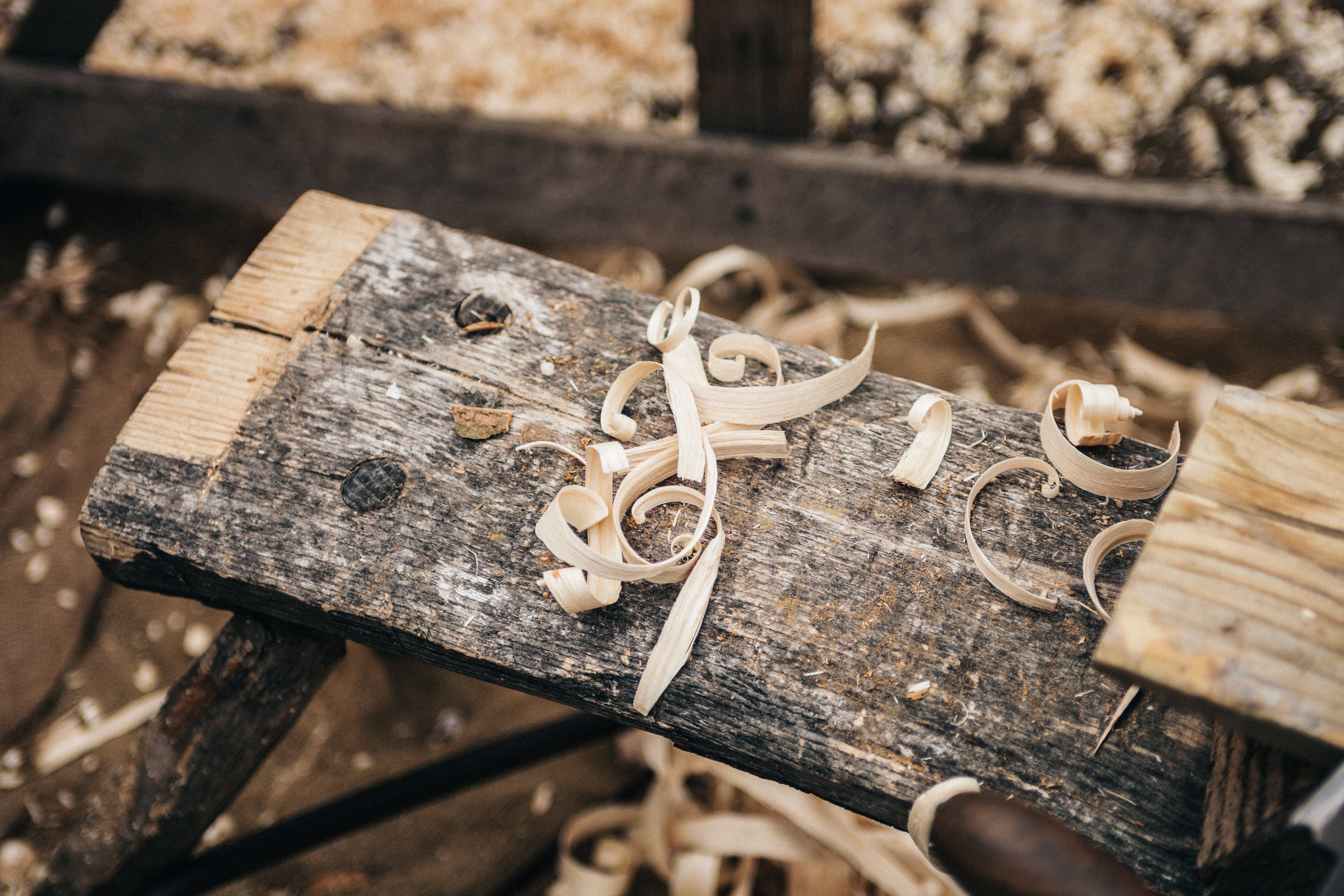
The farm is also a didactic one: here kids (but adults as well) can learn what does it mean to live in contact with nature and animals, how to take care of them and understand how important this is!
Bled and its surroundings never stop surprising! You only have to pack everything you need and start exploring this Slovenian pearl to discover its secrets.
